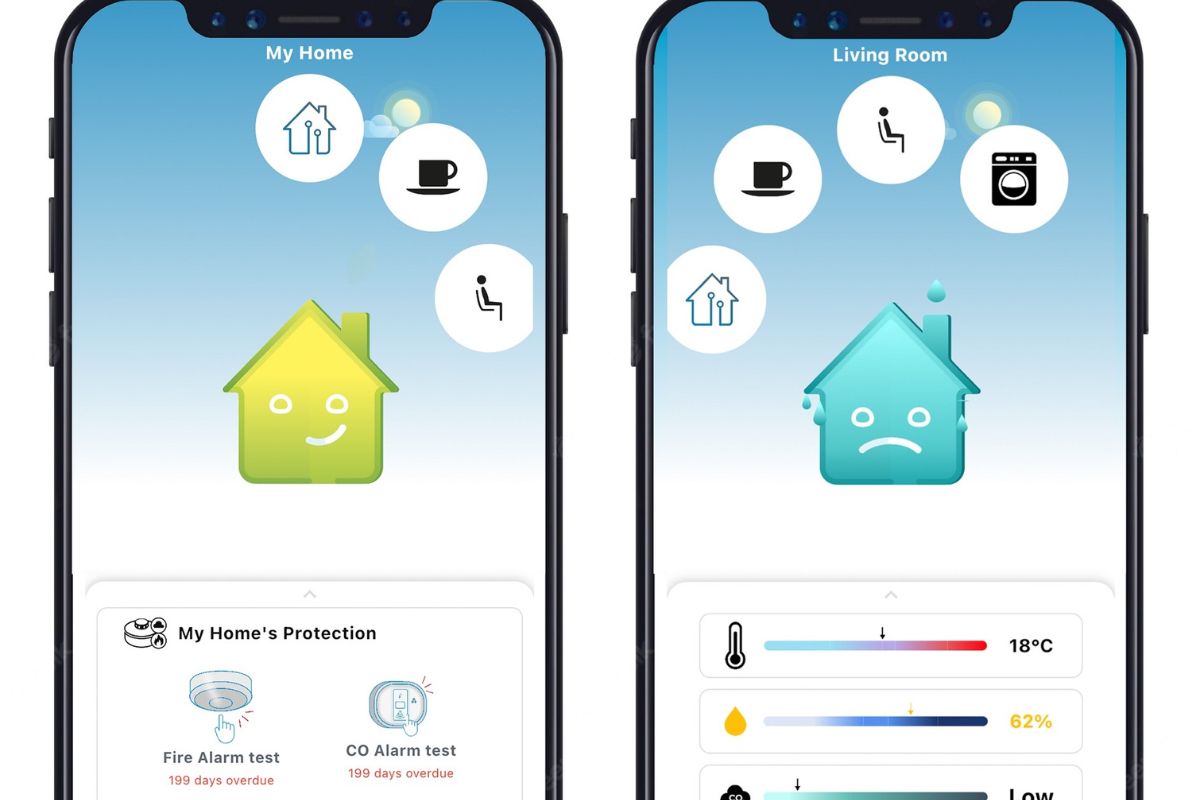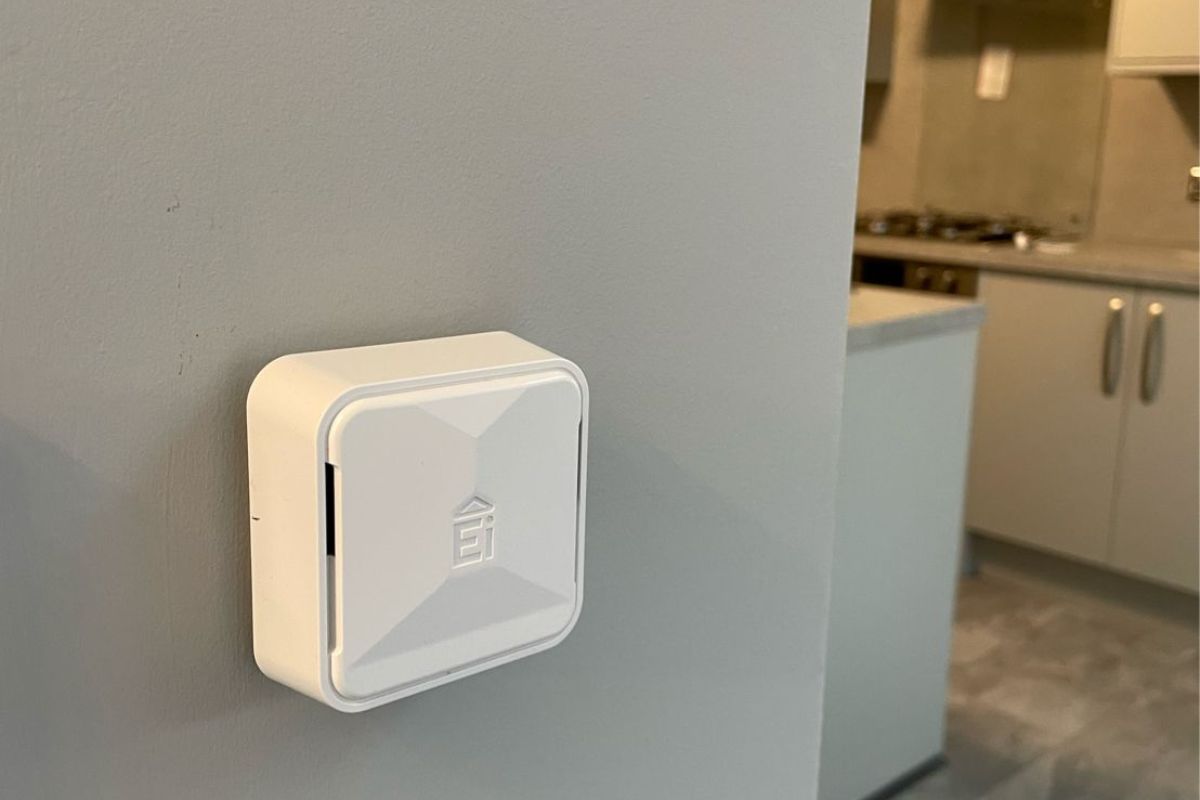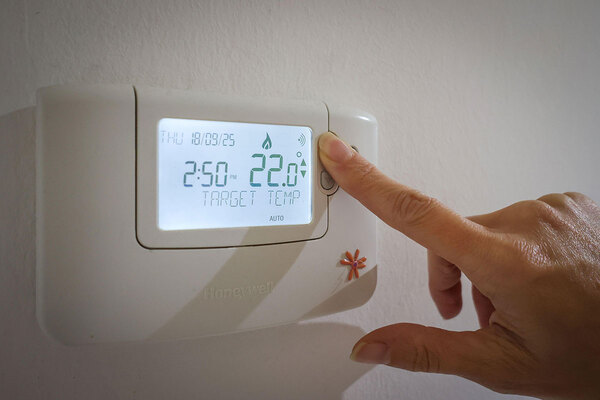Bridging the Gap: How ongoing monitoring creates accountability for social housing retrofits
With net zero policies mandating large-scale decarbonisation of Britain’s social housing, providers are investing in energy performance improvements to their stock.
However, the real test of successful interventions lies in verifying if improved living standards, energy savings and enhanced safety materialise for residents. This demands a fundamental shift - from perceiving monitoring as an afterthought to an indispensable integrated component right from retrofit planning stages. PAS 2035 has gone some way to achieving this transition, impressing the importance of monitoring and evaluation. Continual oversight and assessment equip providers with validated evidence to inform future strategies, with rigorous monitoring and evaluation resulting in optimised social housing retrofits to meet policy targets equitably and effectively.
The Need for Holistic Monitoring Post-Retrofit
Once low-carbon technologies are physically integrated into often aged housing stock (almost 80% of the UK’s homes were built pre-1980), the interaction between building components and occupants plays a substantial role in defining outcomes. IoT sensors and cloud-based analytics now allow remote monitoring of parameters like indoor air quality, thermal comfort, moisture levels, appliance usage patterns and more. The rich longitudinal insights on actual building performance can guide actions around efficiency optimisation, timely maintenance and resident engagement. Hence, sensor-based monitoring serves as an increasingly pivotal bridge, transforming passive retrofit interventions into responsive systems tuned to the needs of properties and occupants.
Without proper oversight mechanisms, substandard performance or even negative consequences can remain undetected over long periods. This not only hampers intended improvements but also impacts the trust of residents facing disruptions from upgrade works. The social dimension of providing safe, comfortable housing for vulnerable groups elevates the need for retrofit accountability through monitoring.
Industry evaluations have indicated a sizable performance gap in UK housing retrofits with actual outcomes trailing projected estimates - be it longevity of insulation, heating savings or renewables output. The reasons behind these shortfalls include technology faults, installation issues, lack of maintenance or human aspects like behaviours driving excess consumption. Continuous monitoring offers a pathway to diagnosing such deficits and informing corrective steps to close gaps. It provides the missing link between theoretical models and on-ground realities.
Optimising Home Improvements Through Insights
Live data empowers housing providers to transition from reactive firefighting to proactive maintenance. Data-driven analytics identify anomalies, diagnose root causes and allow remedial interventions before minor issues spiral into safety risks or costly damages. Detection of rising moisture content, unusual consumption spikes or disturbances in indoor conditions prompts timely interventions. Such predictive maintenance capabilities also enhance the lifespan of capital-intensive retrofits.
For social residents facing disruptions from retrofit works, visible outcomes enhancing home comfort and performance build confidence in interventions. Providing access to monitored data such as user-friendly resident apps, also enhances tenant engagement in managing their living environment. Personalised recommendations based on actual usage patterns further help optimise the ways in which their homes operate, for both energy efficiency and health. Overall, data transparency and regular communication through resident-friendly platforms drive sustainability outcomes equitably. They turn recipients of change into stakeholders participating in the transition.
Informing Decisions Through Robust Evidence
Despite growing policy focus, empirical data around long-term societal and economic outcomes from social housing retrofits remains sparse. Continuous monitoring helps bridge this knowledge gap and shape evidence-based decisions by confirming what solutions work. With time, analysing trends across thousands of upgraded homes facilitates objective identification of effective energy efficiency improvements. However, unintended issues still crop up at times. For example, post-implementation evaluations for a Passivhaus scheme where HomeLINK’s environmental sensors were installed discovered higher than expected heat losses from bathrooms during winter. Investigation into the cause of this issue is still ongoing.
For housing portfolios spanning diverse locations, builders and technologies, standardised monitoring processes are essential prerequisites. Common protocols allow credible comparisons of parameters like actual energy savings, payback periods and tenant comfort levels across upgraded units. This enables benchmarking to promote cross-learning while also diagnosing any underlying performance issues. We have seen progress in this area with the introduction of BS 40101, the British Standard for building performance evaluation. Continuous monitoring serves to consistently upgrade quality benchmarks through forensic diagnostics. The priorities for how to scale upgrades can then be guided by hard evidence, for example technical and financial viability. Such streamlined processes also help optimise constrained public funding by minimising failed interventions.
Safeguarding Wellbeing
While envelope measures like external wall insulation aim to enhance thermal comfort, the risks of entrapping moisture or insufficient ventilation remain as unintended consequences. For example, our sensors have detected instances of high damp and mould risk across properties which were included in a programme of external wall insulation work. The new ventilation systems installed as part of these works were mis-specified, operating inefficiently and often not at all. This meant properties did not receive adequate fresh air exchange, leading to sub-par conditions within the properties despite the improved thermal efficiency. Continuous monitoring of parameters like humidity and ventilation is thus pivotal to understand actual internal conditions, rather than relying on theoretical models. Proactive alerts on any air quality deterioration need to trigger timely interventions to protect resident wellbeing.
For underserved communities, home upgrades promise enhanced affordability, comfort and wellbeing. However, apprehensions remain on whether interventions will improve living standards or instead deteriorate built environments. Responsible monitoring and communication of actual outcomes post-retrofit thus helps demonstrate credibility. Structured participation mechanisms also encourage occupant inputs to strengthen intervention effectiveness through co-creation. Ultimately retrofits risk falling short without the endorsement of tenant communities who are both beneficiaries of sustainability programs and pivotal influencers determining their success.
Sam Collier is Head of market intelligence at HomeLINK.





